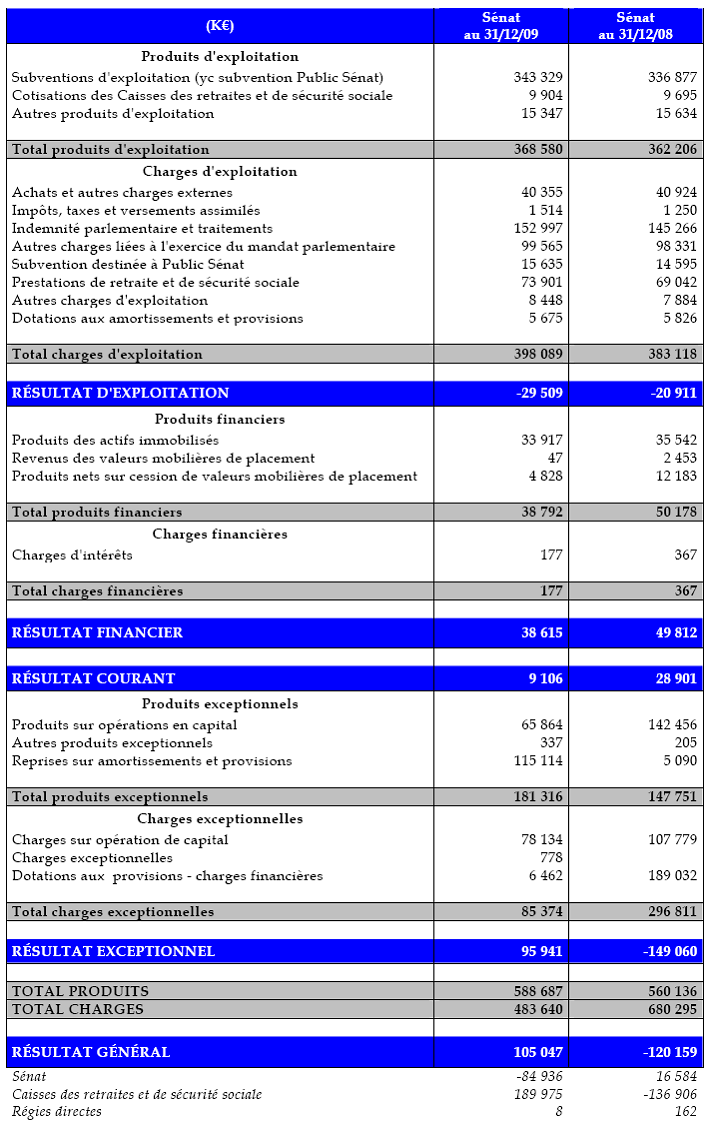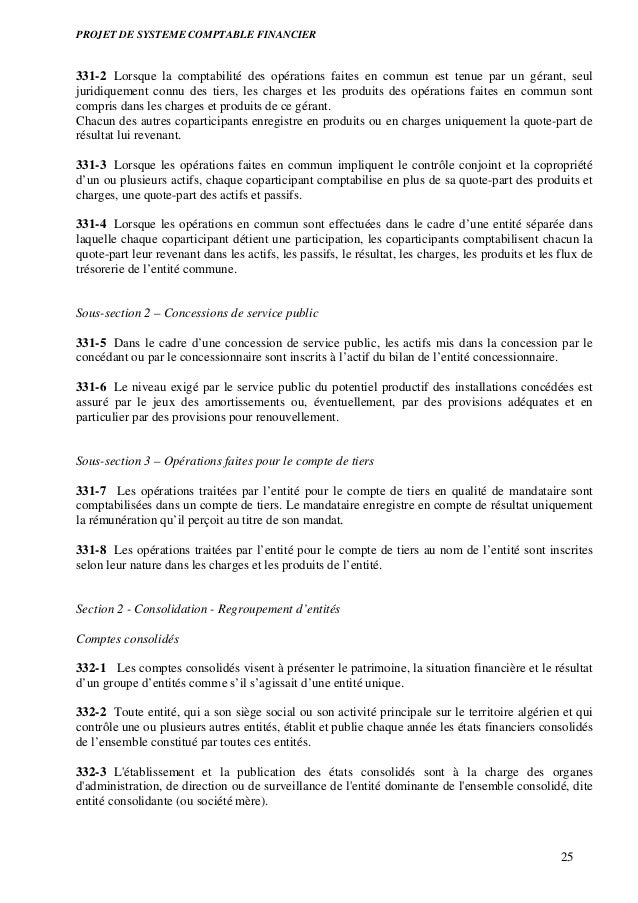Quotes Parts De Résultat

R&b and pop presented by the bay area cofield twins that brings Duality to their audience – Stephanie D Love Rate it: R&b and pop presented by the bay area cofield twins that brings Duality to their audience – Duality Rate it: R.E.G.G.A.E = MEANS REDEFINING GHETTO GENIUS ANYWHERE EVERYWHERE OR ANYTIME EVERYTIME. – RAS CARDO REGGAE Rate it. Top 10 Parts Quotes - with quotes by William Shakespeare, Bertrand Russell, James Dyson, Constantin Stanislavski and more.
Store Hours:
- Thanks for watching! Please subscribe and then keep revising: register for HUNDREDS of FREE videos covering English, Maths and Science for GCSE and A-Level r.
- Online sheet metal fabrication service. Upload your parts, get a free instant sheet metal fabrication quote and go into production in less than 5 minutes.
Monday-Friday 9am-6pm
Saturday 10am-3pm
Sunday Closed
Here at American Mustang Parts, we have not only been serving our local Mustang community for over 25 years but owners worldwide. Being Mustang owners ourselves, we understand the hours of labor proud owners take to maintain and upgrade their Ponies. With thousands of parts from OEM to aftermarket to used, we have you covered. Since we have been doing this for so long we know how to get the best prices and ship it to you intact. Yep...we know how to ship your precious cargo!
Full Service... At American Mustang Parts we make your Mustang repairs as easy as possible. We know these Ponies are your babies and that is how we treat them, whether you work on your own Pony or rely on our knowledgeable mechanics for regular maintenance or something custom we have your back. American Mustang Parts will help you get your Pony back on the road with quality service and competitive prices.
For questions or quotes please call us at (916)635-7271. Orders (800)824-6026 in the US, International call use (916)635-7271 or email us at amp@american-mustang.com
At American Mustang Parts we are proud to support our local community and car clubs. If you are looking to join but don't know where to start, below are just a few clubs that we have had the pleasure of working with.
Prop 65 Warning: Some products sold on this website contain chemicals known to cause cancer and birth defects. For more information and a complete list of chemicals please visit https://www.p65warnings.ca.gov/.
Introduction
The formula interface to symbolically specify blocks of data is ubiquitous in R. It is commonly used to generate design matrices for modeling function (e.g. lm). In traditional linear model statistics, the design matrix is the two-dimensional representation of the predictor set where instances of data are in rows and variable attributes are in columns (a.k.a. the X matrix).

A simple motivating example uses the inescapable iris data in a linear regression model:
While the purpose of this code chunk is to fit a linear regression models, the formula is used to specify the symbolic model as well as generating the intended design matrix. Note that the formula method defines the columns to be included in the design matrix, as well as which rows should be retained.
Formulas are used in R beyond specifying statistical models, and their use has been growing over time (see this or this).
In this post, I’ll walk through the mechanics of how some modeling functions use formulas to make a design matrix using lm to illustrate the details. Note, however, that the syntactical minutiae are likely to be different from function to function, even within base R.
Formulas and Terms
lm initially uses the formula and the appropriate environment to translate the relationships between variables to creating a data frame containing the data. R has a fairly standard set of operators that can be used to create a matrix of predictors for models.
We will start by looking at some of the internals of lm (circa December 2016).

Preparing for the Model Frame
The main tools used to get the design matrix are the model.frame and model.matrix functions. The definition and first few lines of lm are:
The goal of this code is to manipulate the formula and other arguments into an acceptable set of arguments to the model.frame function in the stats package. The code will modify the call to lm to use as the substrate into model.frame, which has many similar arguments (e.g. formula, data, subset, and na.action). However, there are arguments that are not common to both functions.
The object mf is initially created to mirror the original call. After executing match.call(expand.dots = FALSE), our original call generates a value of
and class(mf) has a value of 'call'. Note that the first element of the call, mf[[1L]], has a value of lm with the class of name.

The next few lines remove any arguments to lm that are not arguments to model.frame, and adds another (drop.unused.levels). Finally, the call is modified by replacing the first element of the call (lm) to stats::model.frame. Now, mf, has a value of
Creating the Model Frame and Terms
When this code is executed using eval(expr = mf, envir = parent.frame()), the model.frame function returns
A data.frame containing the variables used in formula plus those specified in .... It will have additional attributes, including “terms” for an object of class “terms” derived from formula, and possibly “na.action” giving information on the handling of NAs (which will not be present if no special handling was done, e.g. by na.pass).
For our particular call, the first six values of mf are
Note that :
- all of the columns are present, predictors and response,
- the filtering defined by the
subsetcommand is executed here (note the row names above), - the
Petal.Lengthhas been log transformed and the column name is not a valid name, and - the Species variable has not generated any dummy variables.
If weights or an offset was used in the model, the resulting model frame would also include these.
As alluded to above, mf has several attributes, and includes one that would not normally be associated with a data frame (e.g. 'terms'). The terms object contains the data that defines the relationships between variables in the formulas, as well as any transformations of the individual predictors (e.g. log). For our original model:
The terms object will be used to generate design matrices on new data (e.g. samples being predicted).
Creating the Design Matrix
The lm code has some additional steps to save the model terms and generate the design matrix:
The model.matrix function uses the data in the terms object to generate any interactions and/or dummy variables from factors. This work is mostly accomplished by a C routine.
In the previous example, the log transformation is applied to one of the columns. When using an inline function inside a formula, this transformation will be applied to the current data, as well as any future data points (say, via predict.lm). The same workflow is followed where a model frame is used with the terms object and model.matrix.
However, there are some operations that can be specified in a formula that require statistical estimates. Two examples:
- a natural spline (
splines::ns) takes a numeric variable, does some computations, and expands that variable into multiple features that can be used to model that predictor in a nonlinear fashion. - orthogonal polynomials (
stats::poly) is a basis expansion that takes a single predictor and produces new columns that correspond to the polynomial degree.
As an example of natural splines:
ns returns multiple elements: the basis function spline results (shown just above) and the data required to generate them for new data (in the attributes).
It turns out that the only statistics required to produce new spline results are the knots, Boundary.knots, and intercept attributes. When new data are predicted, those statistical quantities are used:
Quotes Parts De R E
Now, getting back to formulas, we can include a function like this inline:
The resulting terms object saves the model specification, and also the values required to reproduce the spline basis function. The terms object contains an attribute that is misleadingly named predvars that has this information:
When predict.lm is invoked with a new data set, the terms are passed to model.frame and the predvars are evaluated on the new data, e.g.,
In summary, R’s formula interface works by exploiting the original formula as a general expression, and the terms object is where most of the information about the design matrix is stored.
Finally, it is possible to include more complex operations in the formula. For example, two techniques for imputation in predictive models are using tree ensembles and K-nearest neighbors. In each case, a model can be created to impute a predictor, and this model also could be embedded into predvars as long as the prediction function can be exploited as an expression.
Quotes Parts De R En
There are some severe limitations to formulas which may not be obvious and various packages have had to work around these issues. The second post on formulas (“The Bad”) will illustrate these shortcomings.